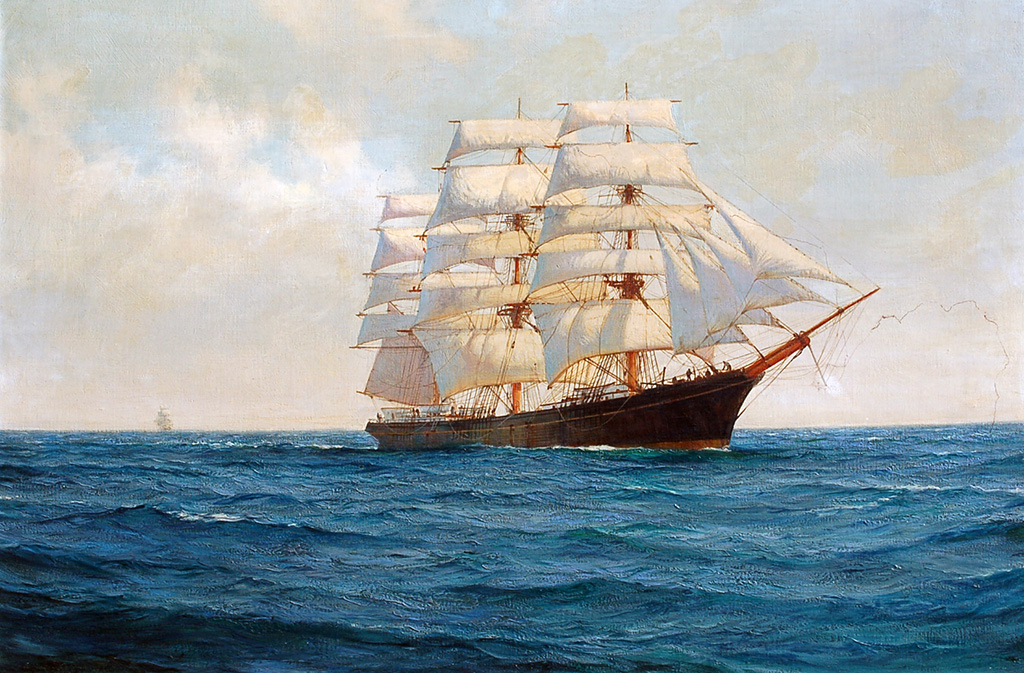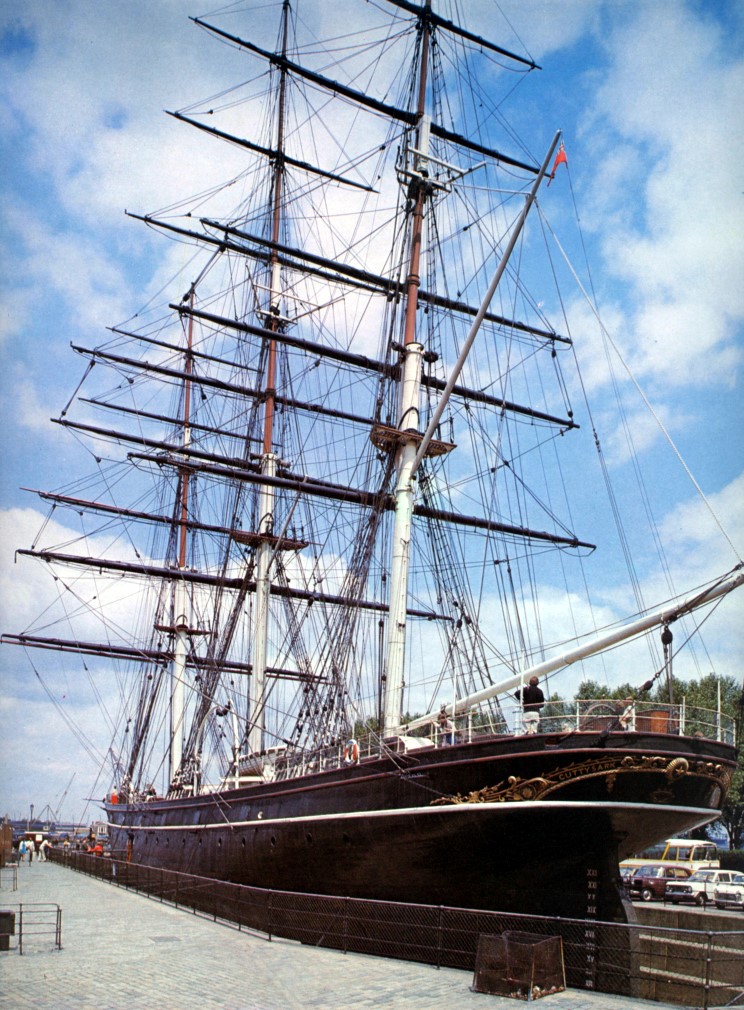

“The usual method of distributing these cards was by messenger going from office to office in much the same manner that handbills are delivered to our mailboxes today.” – Abe Schoenfeld, Hobbies Magazine 1945īut why do collectors find clipper ship cards so valuable?Ī clipper ship card from the 19 th century is valued now for up to 2000 euros. This made the advertising of the ship even more efficient and became a practical way for merchants to quickly find available cargo ships for their goods. However, clipper ship cards were not only used as printed public announcements, but also distributed between merchants as soon as the schedule of the trip was settled. At the bottom of the card, one can find information about the destination, the captain and pier to embark. The cards include a description with the name of the sailing ship, the date of the travel and information about the vessel’s passage and route. The cards from this historic period represent the beginning of a new era of freedom and the abolishment of slavery, which is precisely why they are now valuable and highly popular.Ĭlipper ship cards are quite eye-catching they usually contain beautiful colorful paintings, drawings, or visually attractive illustrations. The cards continued to be used during the Civil War in the United States (1861-1865) some clipper ship cards currently on the market are dated back to the civil war and are considered historical treasures. Throughout the 19 th century, their popularity and use increased merchants started to realize the success this form of advertising was bringing. These printed announcements were a unique and visually attractive way of advertising clipper ship passages to potential passengers and merchants looking to ship cargo all around the world. In the mid-nineteenth century, advertising for the operation of these vessels took the form of clipper ship cards. Clipper ships were the fastest vessels operating in maritime trade back then and were the height of ship design. and Sidney A.During the nineteenth century, global trade was growing at a rapid rate due to the first wave of globalization. Object CreatorĬurrier & Ives (American, 1834-1907) Object Creation Date Later Currier & Ives re-issued many of these prints including the print Clipper Ship Three Brothers in 1875. Nathaniel Currier, always anxious to fill the demand, published his first clipper-ship print in 1845. The record voyages that clipper ships were making intrigued the public and there was a great demand for images of vessels. This vessel, along with the Clipper Ship Flying Cloud were deemed the “speed queens” of the Atlantic and Pacific Oceans. They averaged 1500 to 2500 tons, making Clipper Ship Three Brothers above the average. They were fitted with three or four towering masts and had so much sail that large crews were needed to handle them. All clippers were specially designed for fast sailing. They carried both passengers and cargo and established impressive speed records, such as twelve days from Boston to Liverpool, less than 90 days from New York to San Francisco, 81 days from Calcutta to New York and around the world in 134 days. Many clippers specialized in the China tea trade, were active during the California gold rush, and engaged in the long voyage to Australia. The era of sailing ships began just before 1845 and ended 20 years later with the opening of the Suez Canal.

Ship with name plate of THREE BROTHERS (on right end of ship in image), sailing to right.


 0 kommentar(er)
0 kommentar(er)
